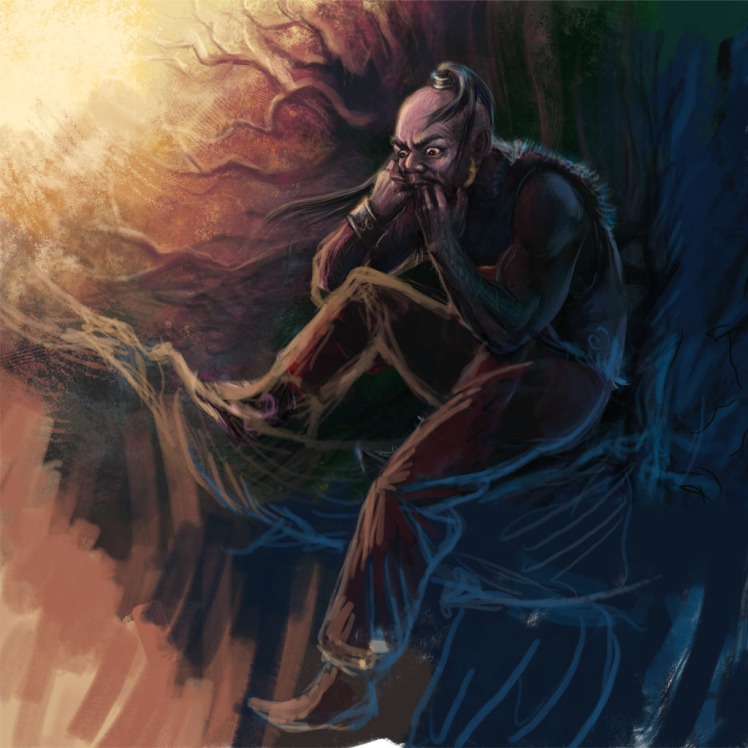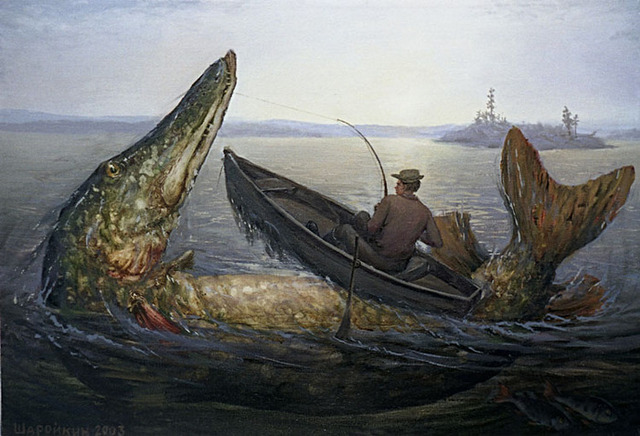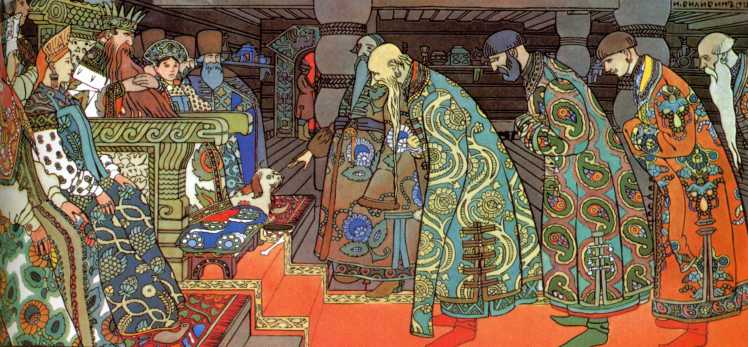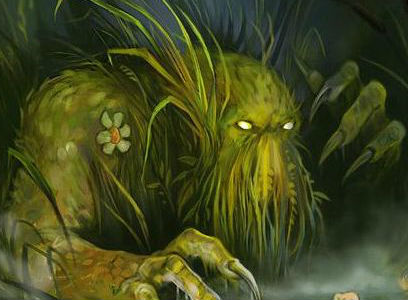
1) Baba Yaga Of all the Russian characters in fairy tales she is one of the most often met . She’s most often found as the owner of a wooden hut on chicken legs, or as the guardian of the way into a wild wood. And she doesn’t let just anyone pass. Baba Yaga tests the hero’s nerve and courage. And if he proves worthy, she helps him along his way with his task, giving him talismans that will aid his work.
However, there’s another kind of Baba Yaga who is best avoided – the one who enjoys feasting on children. The protagonists must rely on their wits to save themselves from her. She may also, on account of her age and laziness, give “the kitchen work” to someone who, out of foolishness or good-heartedness, has let “supper” run off. Baba Yaga can be quite pugnacious, chasing the hero for ages on her giant broom. Tales include “Baba Yaga,” “Vasilisa the Beautiful” and “The Magic Swan Geese.”
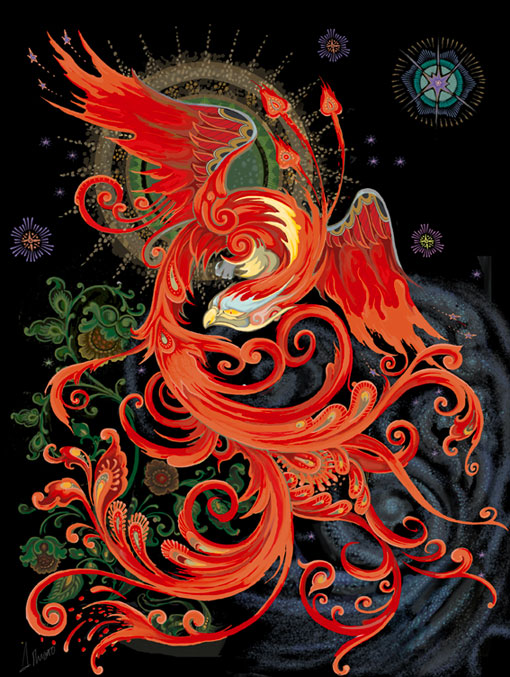
2) The Firebird is a Russian version of the legend of the Phoenix. Usually the bird is a lure for brave young men who seek riches. The Firebird is a large bird of extraordinary beauty, enveloped in fire – “her feathers were of burnished gold, and her eyes of Oriental crystal.” Despite this magnificent appearance, it’s easy to capture the Firebird for illicitly eating the apples in the Tsar’s garden, or catch her scoffing down the grain of the wheat fields.
Very often, the hero happens upon a Firebird’s feather and brings it to the Tsar as a gift, not knowing what ill may then befall him. Having been given a feather that shines more brightly than many candles, the Tsar usually wants the bird and sends the hero off on a perilous quest. We find the Firebird in tales like “Tsarevitch Ivan, the Firebird and the Grey Wolf” and “The Firebird and Princess Vasilisa”
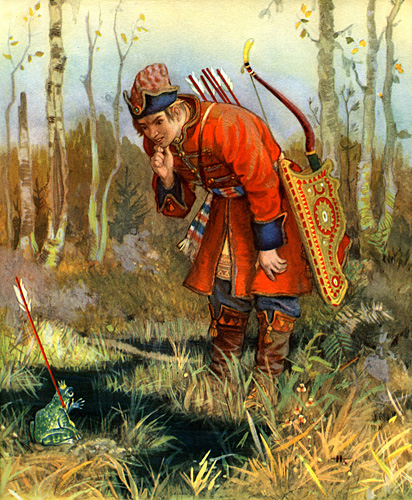
3.The Frog Princess is the perfect wife, clever and beautiful, sensible and resourceful, loyal and thrifty. And on top of all that, she’s skilled in the magic arts and has an army of nannies at her command, who can help her in even seemingly impossible circumstances. There is, however, one drawback. On the orders of her powerful father, she has been changed into a frog for three years, and is compelled to appear in that form to her betrothed – Tsarevitch (Crown Prince) Ivan.
Her fairy tale has the whole gamut of fantastic elements. Here you’ll find ritual, as the Crown Prince finds the frog with the aid of an arrow; there’s the breaking of rules – Ivan burns the frog’s skin, and loses his beloved; and in penalty for his transgression, he is assigned a trial which he must endure, to win his dear froggy back again. The tale is called simply “The Frog Princess. It can be read here.
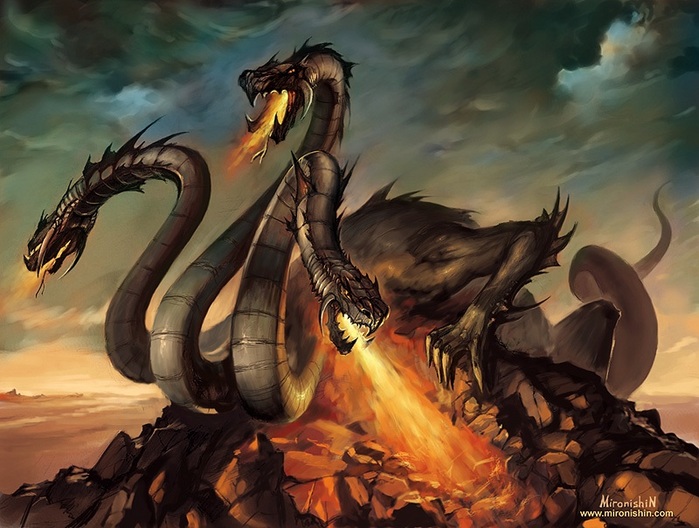
4) Gorynych the Dragon has three heads. He can appear out of the water, spew flames from his nostrils, occasionally fly on wings of fire and often lives in the mountains. Gorynych kidnaps women and attacks cities. But, unlike Baba Yaga, he can’t be bought off or stopped – he’s always determined to make a meal of those who disrupt his rest or thwart his plans.
It’s usually lone hero who’s able to defeat the dragon, who arrives sooner or later to challenge the dragon to a showdown. We find Gorynych the Dragon in tales such as “Frolka,” “Dobrynia Nikitich” and “Gorynych the Dragon.”
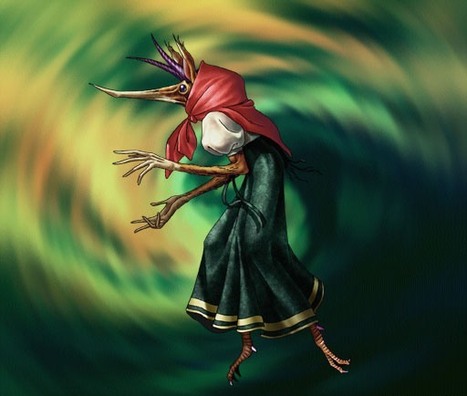
5) Kikimora is an evil spirit, and she appears in two forms, depending on who she marries. There’s the Bog Hag, who is married to a hobgoblin, and the House Hag, who is the wife of Domovoi (a house spirit in Slavic folklore). The Bog Hag appears in fairy tales as an ugly old woman clad in seaweed. Her jobs are to frighten those who wander through the marshes, lure travelers into quicksand and steal small children.
The House Hag is different – she lives quietly in her house and rarely shows herself to people. Legend says that hags are most often the souls of people who have drowned, or of children who died before they were baptized. The most well-known tale of the hag is “Kikimora,” by Alexei Tolstoy.
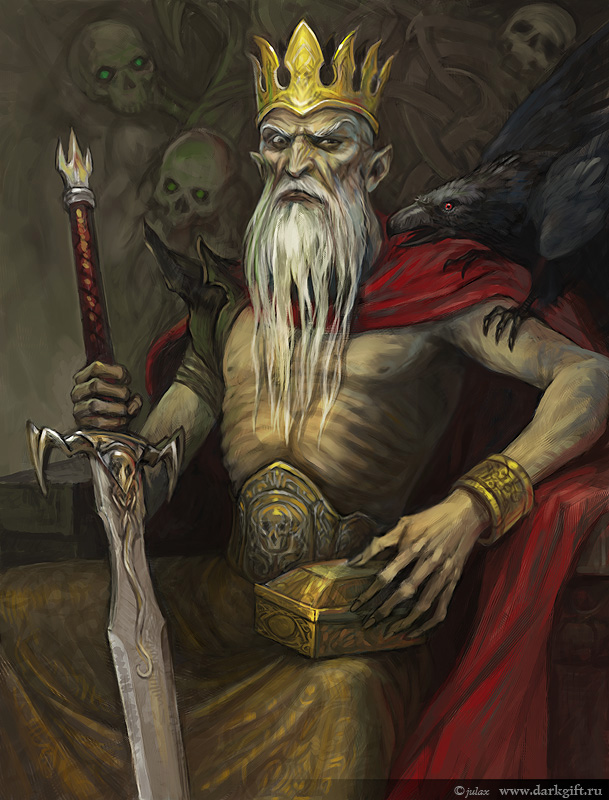
6) Koschei the Immortal, an wicked monarch, is usually imagined as either a scrawny old man or as a king on horseback. He is not totally immune to death – he can be killed, but to do so you need to break a magical needle, which is hidden in an egg, which is in a duck, which is in a hare, which is in a chest in an oak tree. There’s a second version of the story, where a stallion brings death to King Koschei. His tale is a sad one; one of his stories, “Koschei the Warrior,” tells how he had once been a warrior, but was betrayed by his comrades and taken prisoner by his enemies.
After many long years, he was able to break out of his rusting chain armor and started to take his revenge. Several versions of the Koschei story have him imprisoning women, usually the betrothed of the young heroes of the tale. This is the version we find in tales like “Koschei the Immortal,” “Maria Morevna” and “The Frog Princess.”


